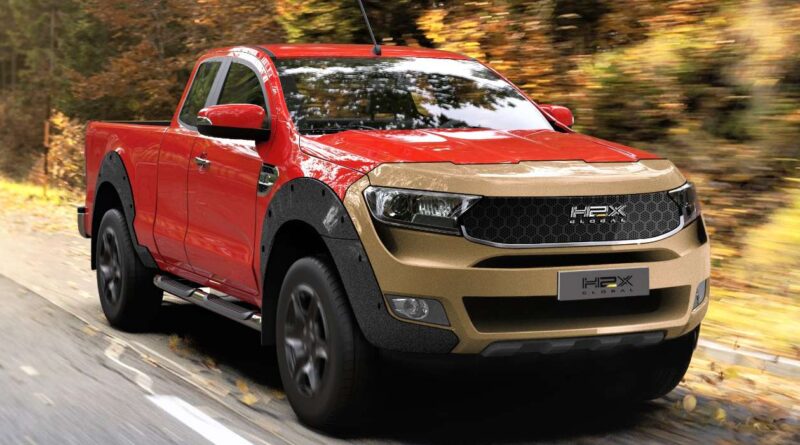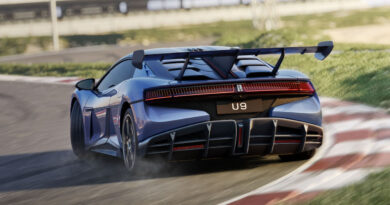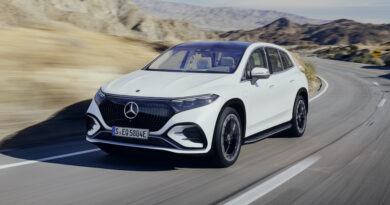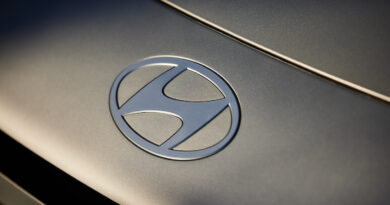Aussie EV brand H2X to sell hydrogen Ford Ranger
The ambitious Australian fuel cell electric vehicle (FCEV) startup H2X has changed its business direction – but still plans to unleash a home grown electric ute.
About 12 months ago H2X Australia burst on to the scene with bold plans to develop and manufacture in Australia a range of FCEV passenger and commercial vehicles.
The Snowy SUV was promoted as a cornerstone of the range with its launch touted for 2022-23.
But the company has now been renamed H2X Global and has announced the first hydrogen-fuelled vehicle will be a converted Ford Ranger ute with a fuel cell powertrain.
EXCLUSIVE REPORT: EV ute overload: The electric pickups coming soon
READ MORE: FCEV future: Every car maker working on hydrogen fuel cell technology
Named the Warrego after a river in Queensland, it will be fitted with H2X’s fuel cell powertrain with an initial output around 70kW (it may go higher later).
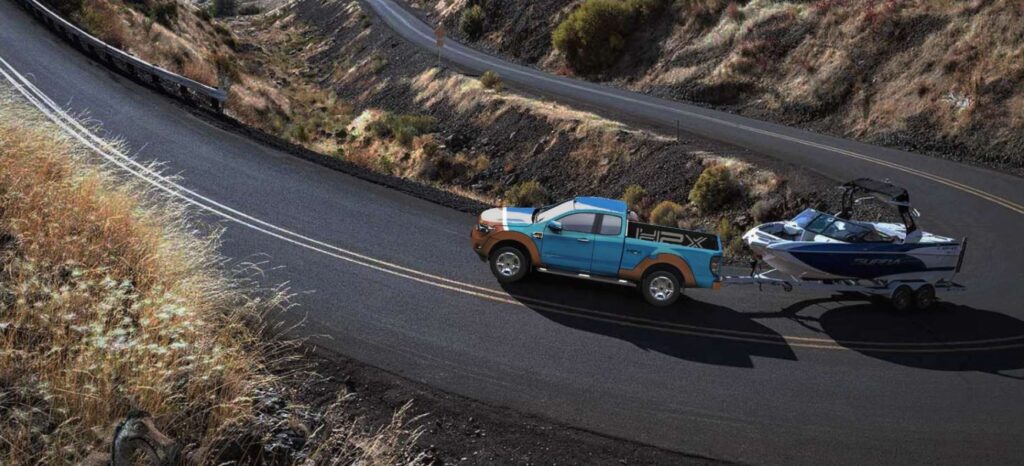
Set to go up against an incoming fleet of electric utes and pickup trucks, the H2X will be available in multiple body styles including dual cab and as a 4×2 and 4×4. The H2X Global website claims a 1500kg payload, far superior to any standard Ranger.
H2X Global says it will cover the Warrego with its own warranty. Ford has no involvement with the program.
A commercial van and taxi range is promised to follow the Warrego. The H2X Darling (again, named after a river) commercial models will be based on a new architecture that will later underpin an all-new ute and an SUV.
H2X Global CEO Brendan Norman, who also headed H2X Australia, forecasts “five or six digit volumes of production” of H2X models within “five to 10 years”.
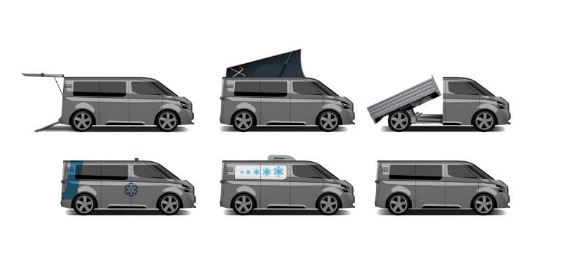
Norman admitted the company was up to nine months behind its original schedule. He said COVID and the battle to gain additional funding had caused that delay.
“It’s been an interesting ride going through the fund raising process over the last 12 months,” he said. “That got a lot more difficult than it needed to be.
“We had some activities from overseas with people wanting to come in but then an Australian group Liberty Venture Capital have decided to come onboard to help us through the first rounds and get us moving.”
Start-up investor Elvin Group is no longer involved with the project and its boss Samuel Blackadder is no longer on the board. Auto industry veteran Kevin McCann has also departed.
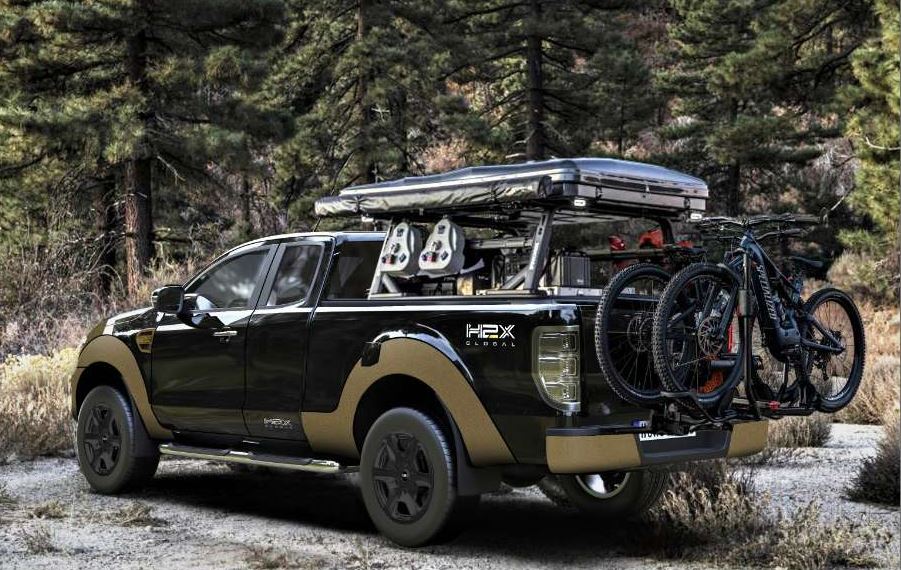
The Warrego was originally intended only as an internal mule test vehicle. But it generated interest from customers here and overseas and that prompted limited production.
“This converted pick-up gives us the chance to do some testing, but also gives us a great chance to put it in the hands of our partners and then be able to have running vehicles on the roads they will be operated,” Norman said.
“They will take two to five vehicles each … and that will enable us to gain real running data.”
A H2X Global investor presentation on its website says there are “orders underway” for the Netherlands, Australia and Malaysia. Norman said up to five European countries would take examples of the Warrego.
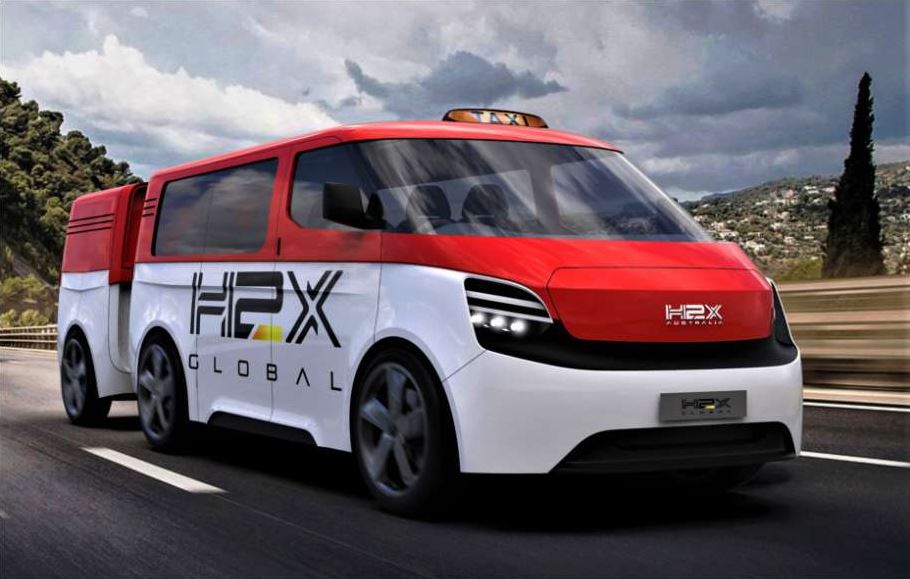
Some Warrego development is happening internationally because of a European government order, Norman said, but a local partner in Australia will start conversions in September, demonstrations start in November and sales in April 2022.
Meanwhile, plans to develop heavy vehicles such as trucks and buses with FCEV tech are no longer a priority. Norman says a Port Kembla assembly plant is now one of a number of possible vehicle manufacturing sites in Australia. H2X is also looking for a fuel cell stack manufacturing site.
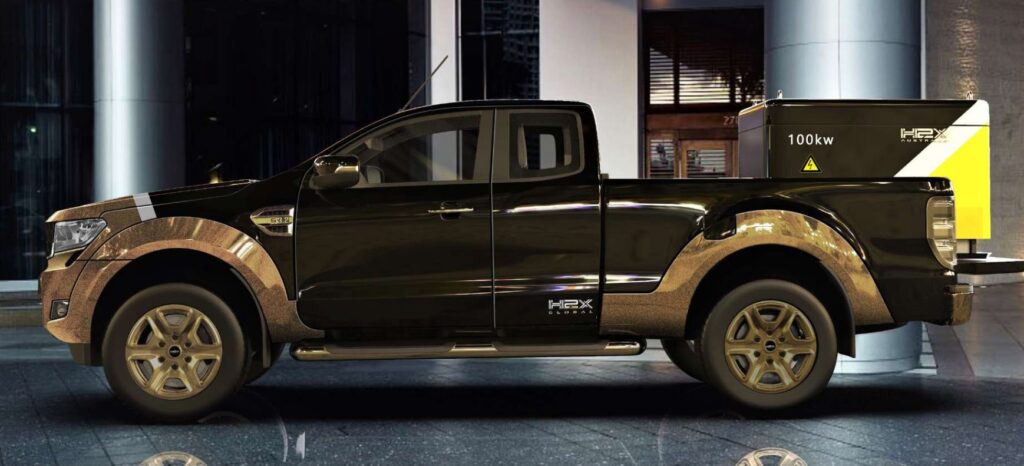
“We do have a couple of compelling discussions in other states in Australia,” said Norman. “Where we do have customer activities is where we will put our operations.
“We are also considering some overseas assembly locations … but in general we do see the heart of the vehicle coming from Australia and that’s the target all things going well.”

